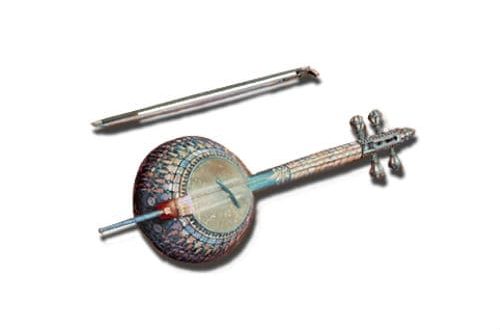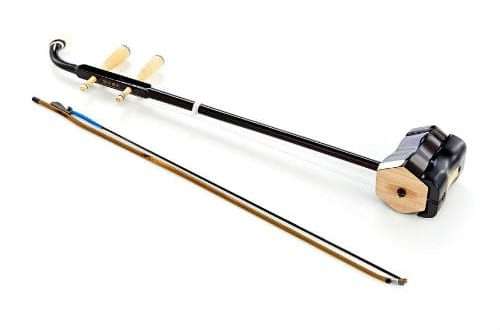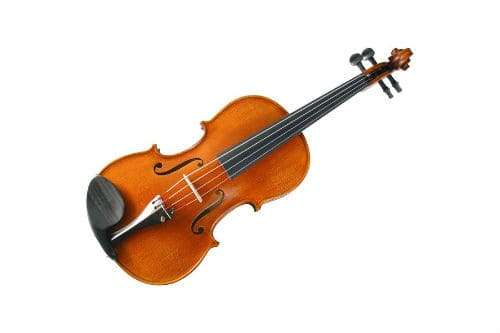
Viola: description of the instrument, composition, history, sound, types, use
The forerunner of the violin and cello, the most popular representative of the musical culture of the Renaissance and Baroque, a stringed bowed musical instrument, the name of which is translated from Italian as “violet flower” is the viola. Appearing at the end of the XNUMXth century, it is still the main participant in baroque chamber concerts today.
The structure of the viola
Like all representatives of the violin group, the instrument has a body with sloping shapes, a pronounced “waist”, and obtuse angles. The peg box crowning the wide neck has a snail shape. The pegs are transverse. Resonator holes in the form of the letter “C” are located on both sides of the strings. The stand can be flat or vertical. Viola has 5-7 strings.
They play the chordophone while sitting, resting one sidewall on the leg or placing the instrument vertically with emphasis on the floor. The dimensions of the body may vary depending on the species. The largest tenor viola. In the ensemble, she plays the role of bass. Violetta – viola has a smaller size.

sounding
Despite the fact that outwardly the instrument is similar to the violin family, its sound is very different. Unlike the violin, it has a soft, matte, velvety timbre, a smooth dynamic pattern, and a sound without overload. That is why the viola fell in love with connoisseurs of salon music, nobles who delighted their ears with exquisite music.
At the same time, the violin was long considered a “street rival”, its noisy, turning into a screeching sound, could not compete with the measured, velvety tones of the viola. Another important difference is the ability to vary, to perform the finest sound nuances, to apply various techniques.
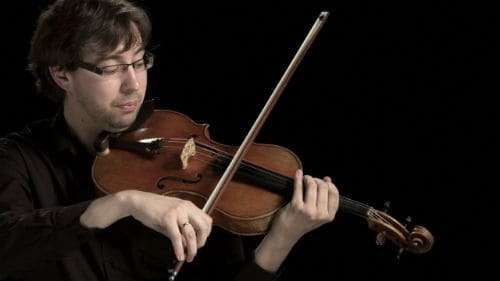
History
The family of viols begins to form in the XNUMXth century. By that time, stringed bowed instruments, borrowed from the Arab world, were widely used in Europe, having penetrated into Spain with the conquerors. So the rebec was laid on the shoulder, resting on the chin, and the lyre was laid on the knees. Viola was placed on the floor between her knees. This manner was due to the large size of the chordophone. The Play was called da gamba.
In Europe of the XV-XVII centuries, the era of the viola in musical culture takes place. It sounds in ensembles, in orchestras. She is preferred by representatives of the aristocratic world. Music is taught to children in the families of the nobility. The famous classic William Shakespeare often mentions her in his works, the famous English painter Thomas Gainsborough finds inspiration in her and often retires to enjoy exquisite music.
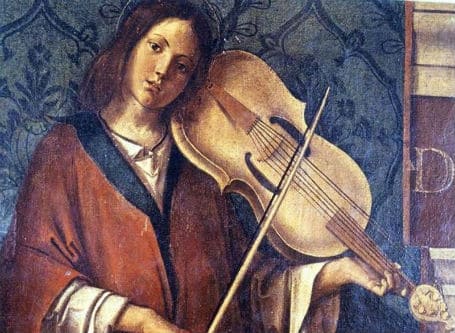
Viola leads in operatic scores. Bach, Puccini, Charpentier, Massenet write for her. But the violin confidently competes with the older sister. By the end of the XNUMXth century, it completely ousted it from the professional concert stage, leaving room only for lovers of early music for chamber music. The last musician devoted to this instrument was Carl Friedrich Abel.
The performing school will be revived only at the beginning of the XNUMXth century. The initiator will be August Wenzinger. Viola will return to the professional stage and take her place in the classes of conservatories in Europe, America, Russia, thanks to Christian Debereiner and Paul Grummer.
Viola types
In the history of musical culture, the most widespread tenor representative of the family. She was most often involved in ensembles and in orchestras, performing a bass function. There were also other types:
- alto;
- bass;
- treble.
Instruments vary in size, number of strings, and tuning.

Using
Most often used in chamber performance. At the beginning of the last century, the viola received a new development. The ancient instrument sounded again from the stage, learning to play it became popular in conservatories. Sounds at chamber concerts in small halls, lovers of Renaissance and Baroque works come to listen to music. You can also hear the chordophone in churches, where the viola accompanies the hymns during the service.
Many museums around the world collect entire expositions in which old specimens are presented. There is such a hall in the Sheremetiev Palace in St. Petersburg, in the Glinka Museum in Moscow. The most significant collection is in New York.
Among his contemporaries, the best performer is the Italian virtuoso Paolo Pandolfo. In 1980 he recorded the sonatas of Philipp Emmanuel Bach, and in 2000 he introduced the world to the cello sonatas of Johann Sebastian Bach. Pandolfo composes music for the viola, gives concerts in the most famous halls of the world, gathering full halls of connoisseurs of baroque music. Especially popular among the listeners is the composition “Violatango”, which the musician often performs as an encore.
In the Soviet Union, Vadim Borisovsky paid great attention to the revival of authentic music. Largely thanks to him, the old viola sounded in the concert halls of the Moscow conservatories.




